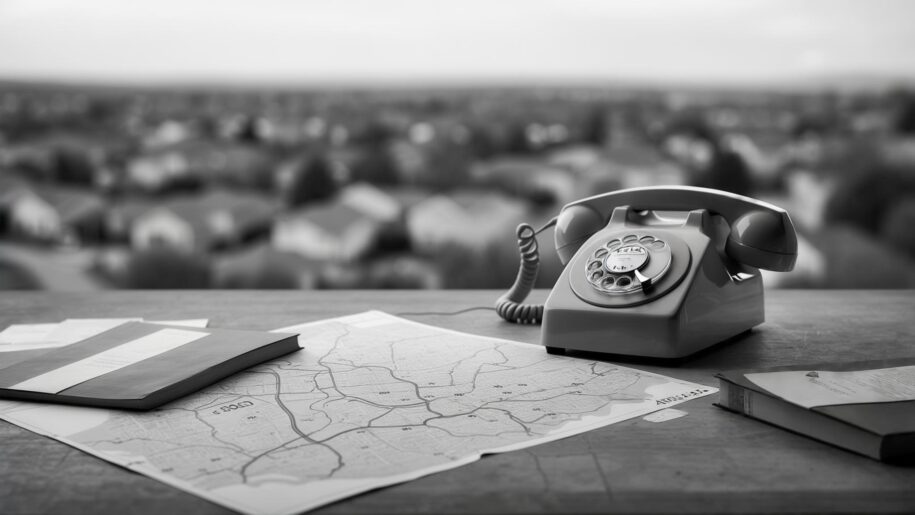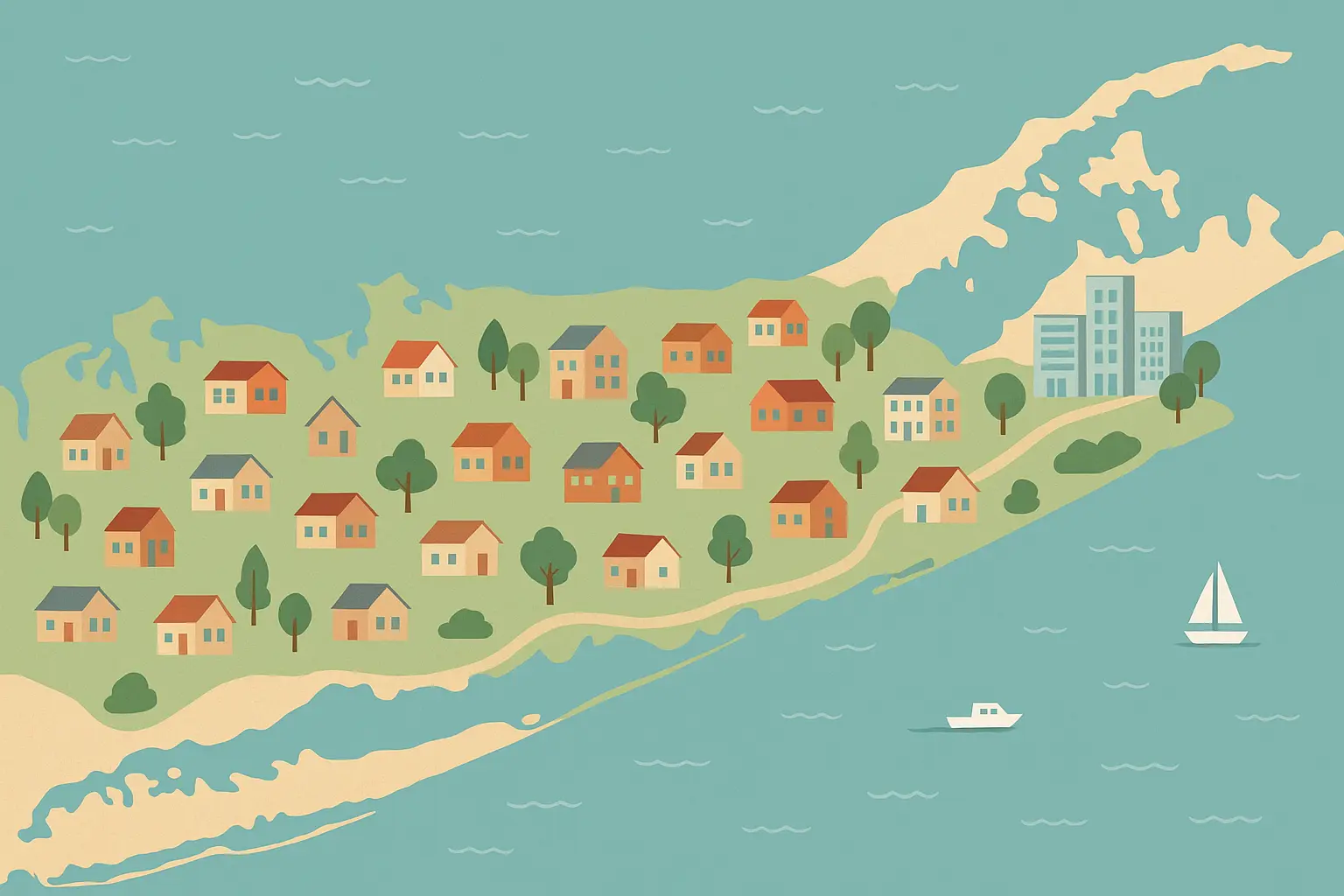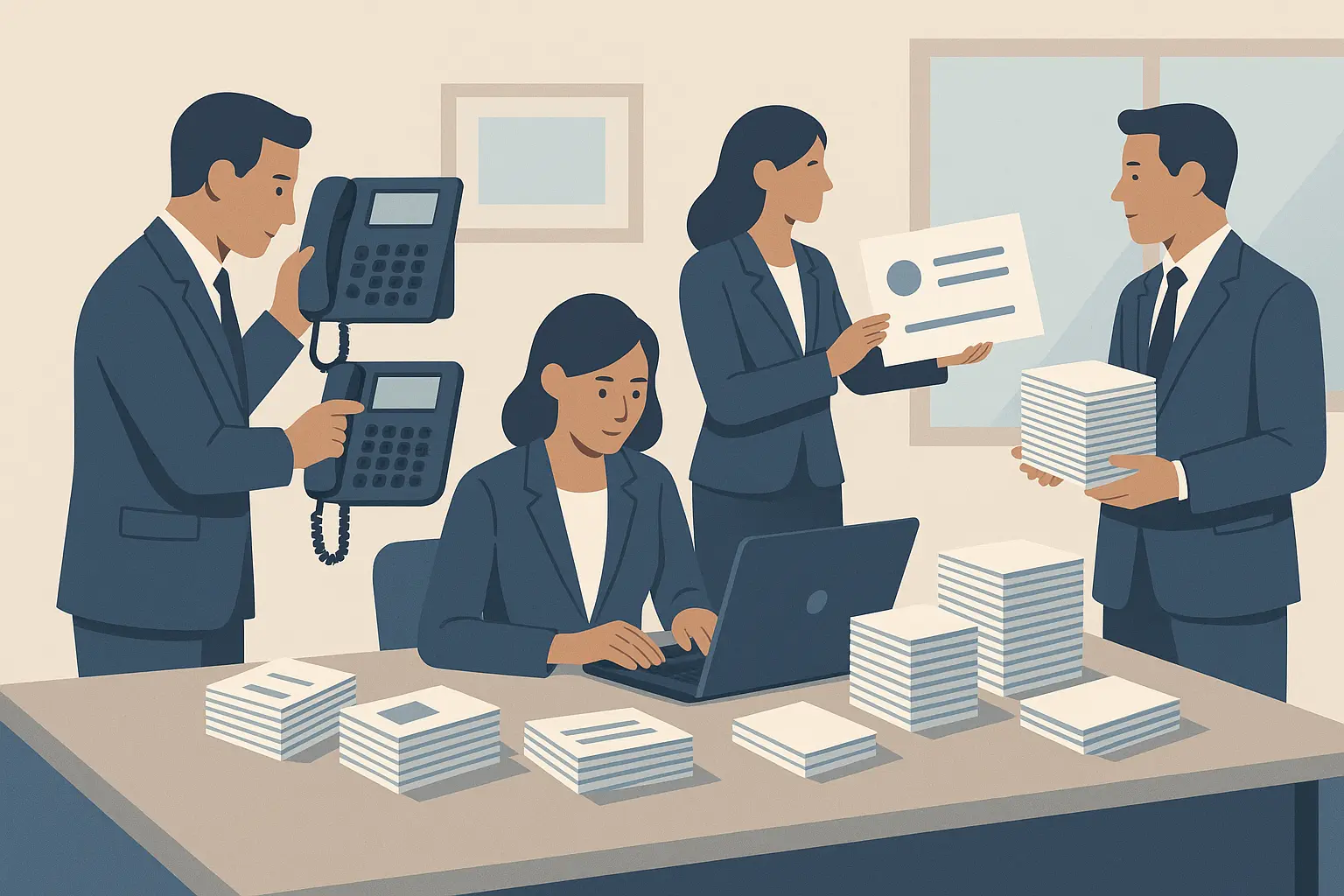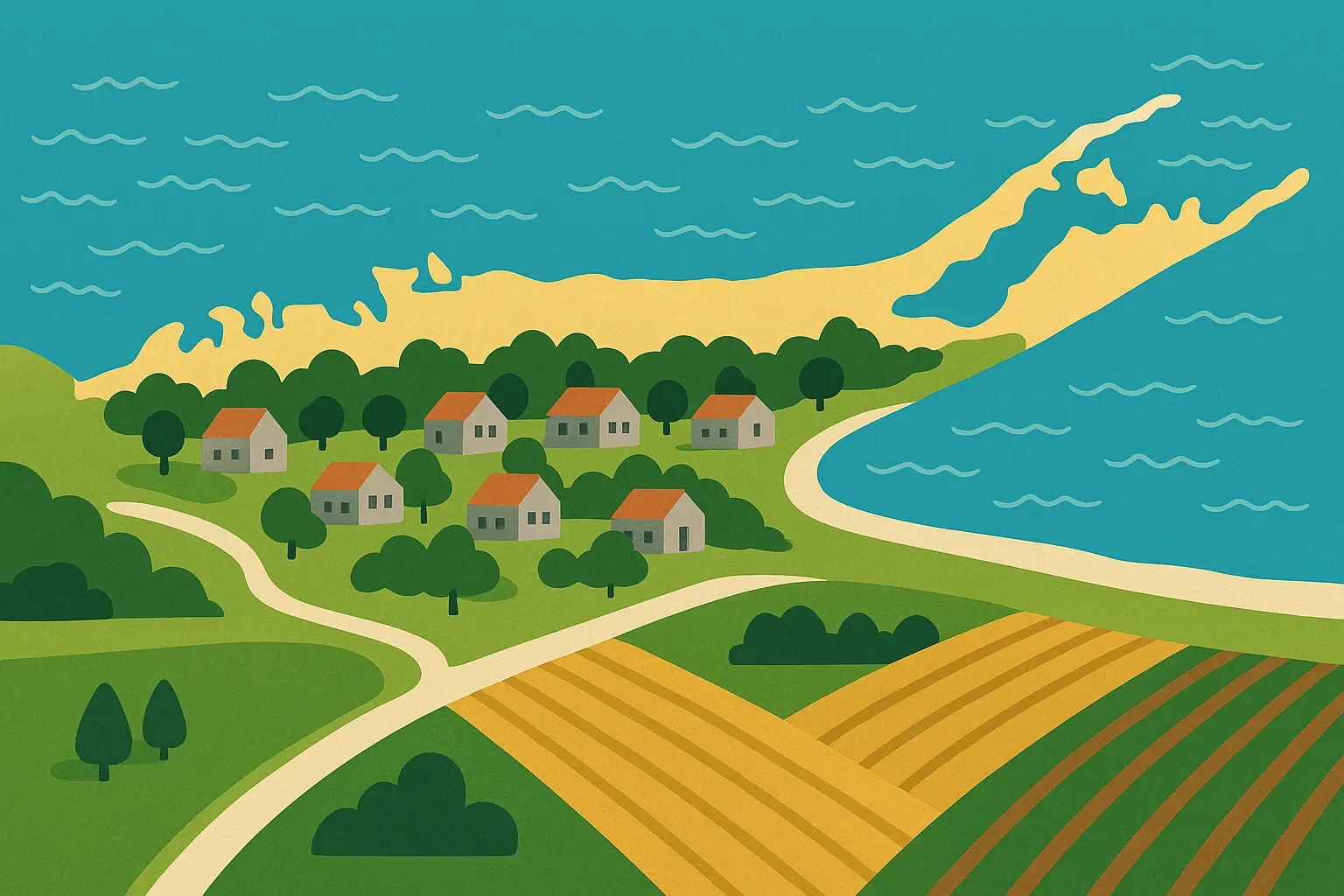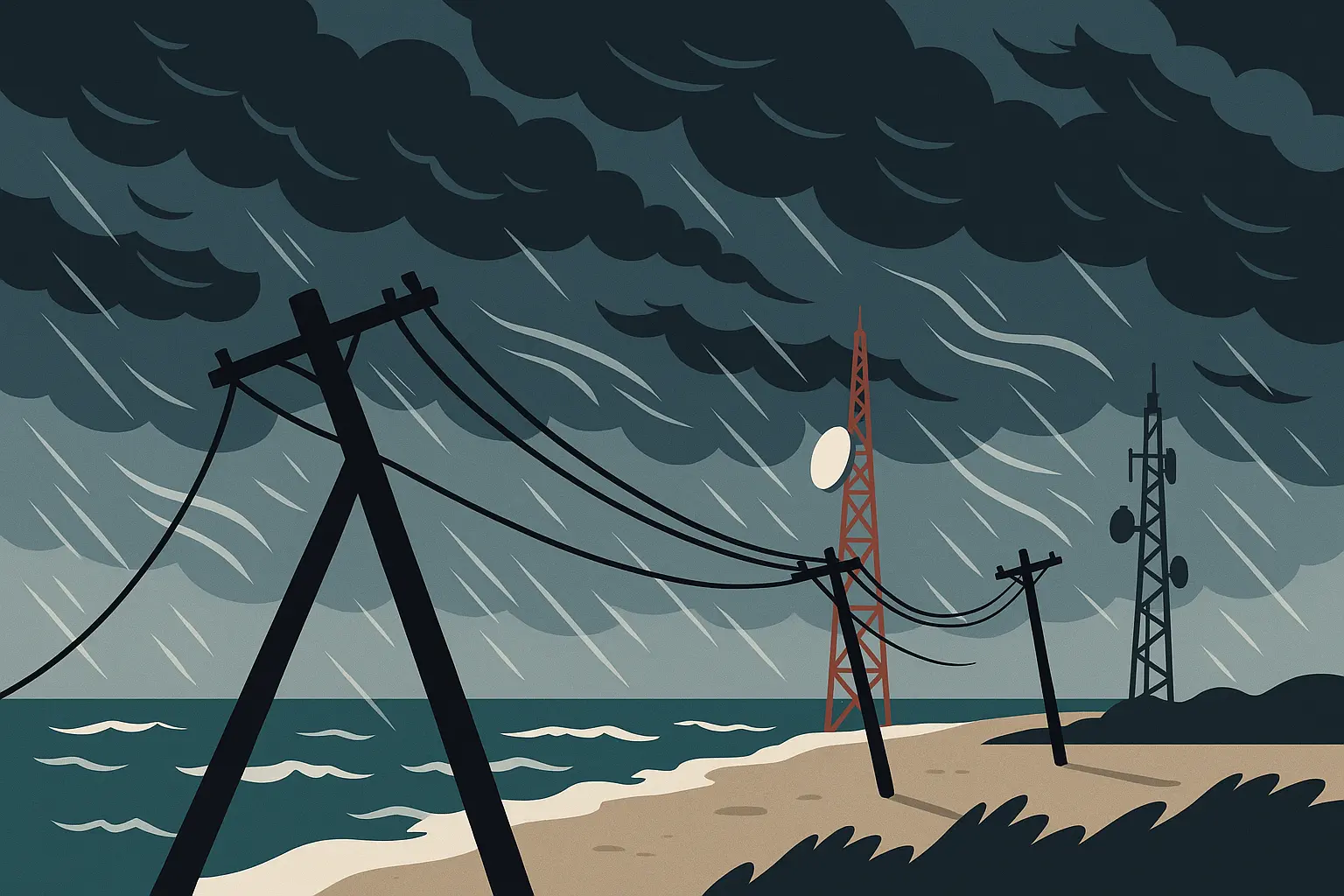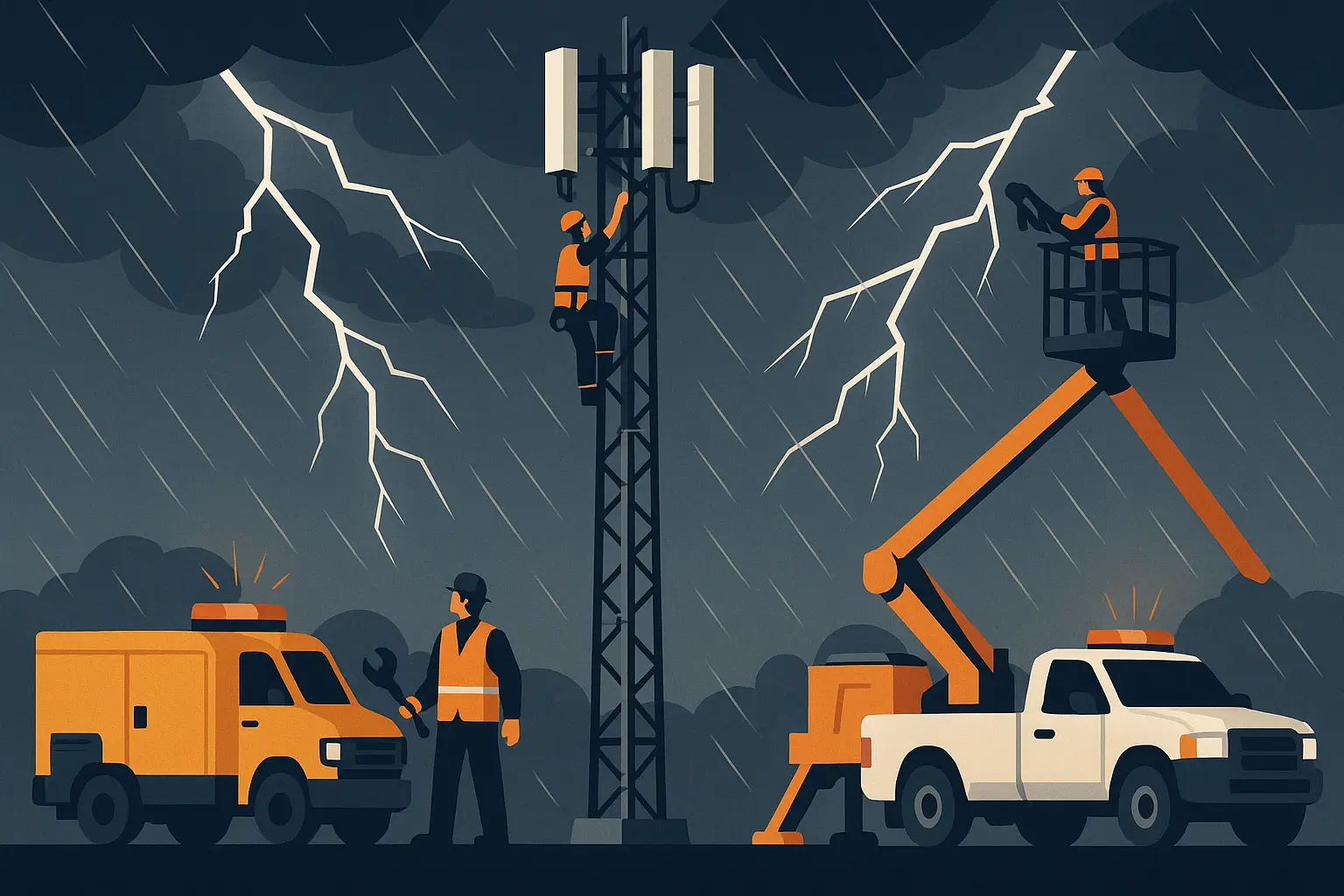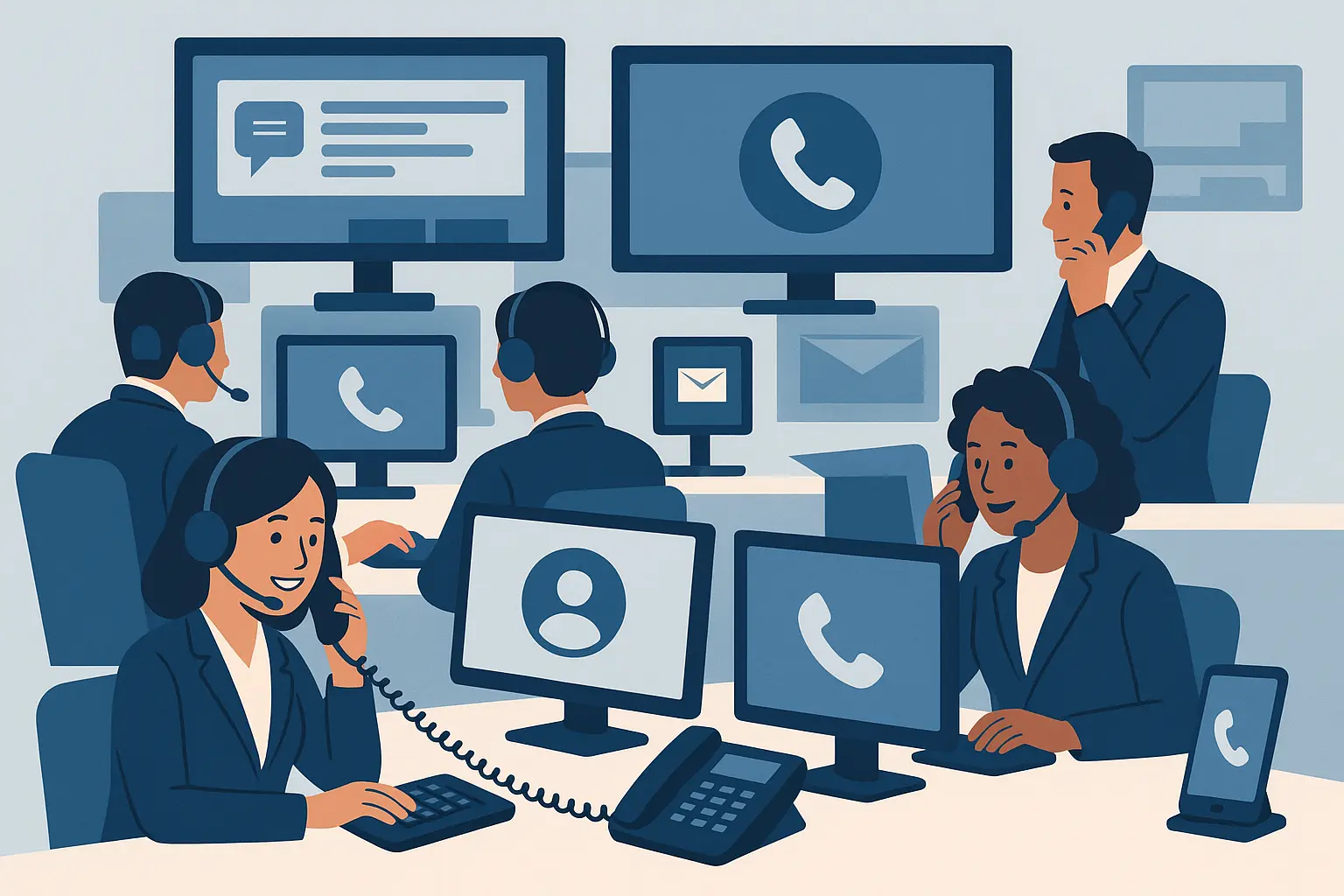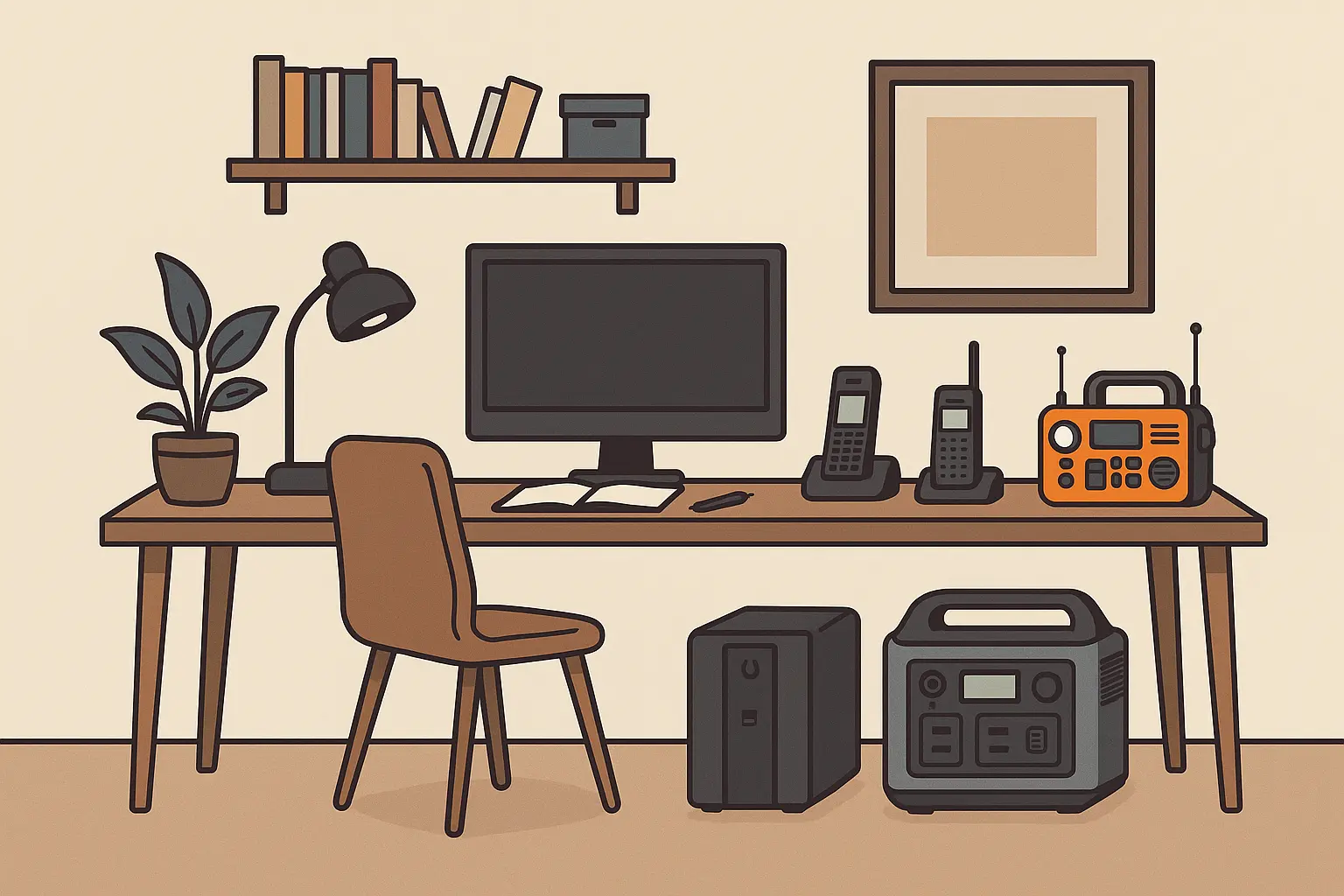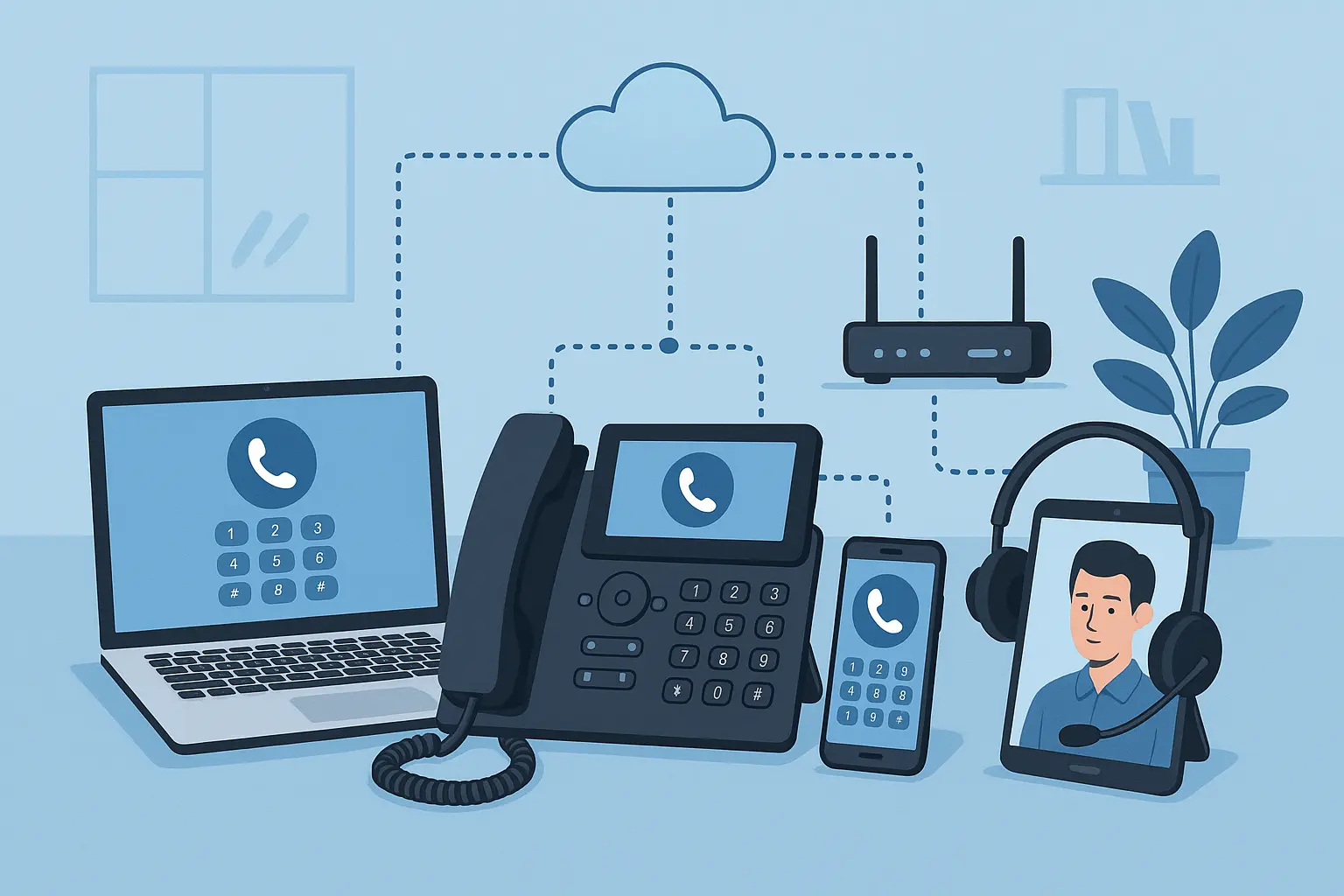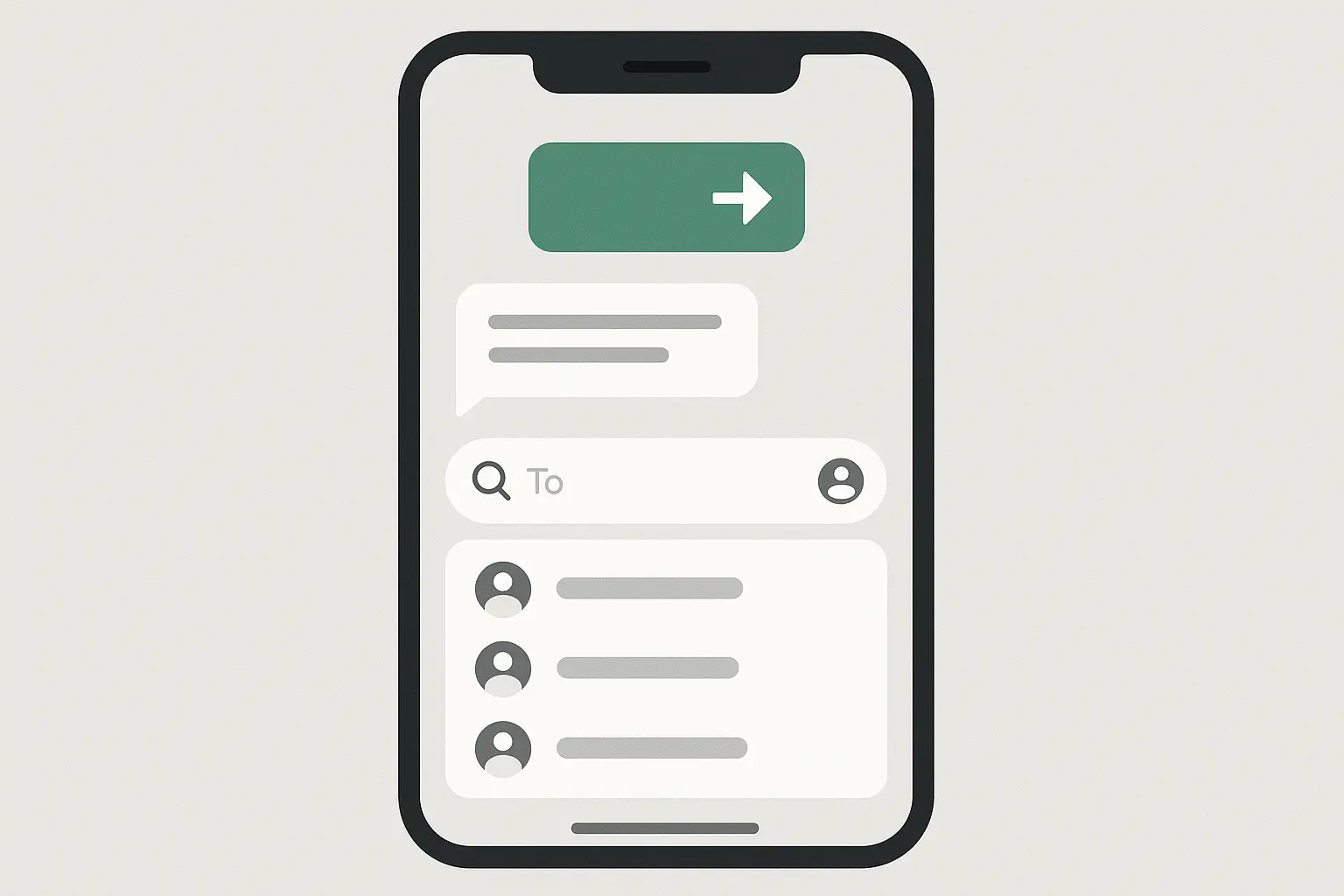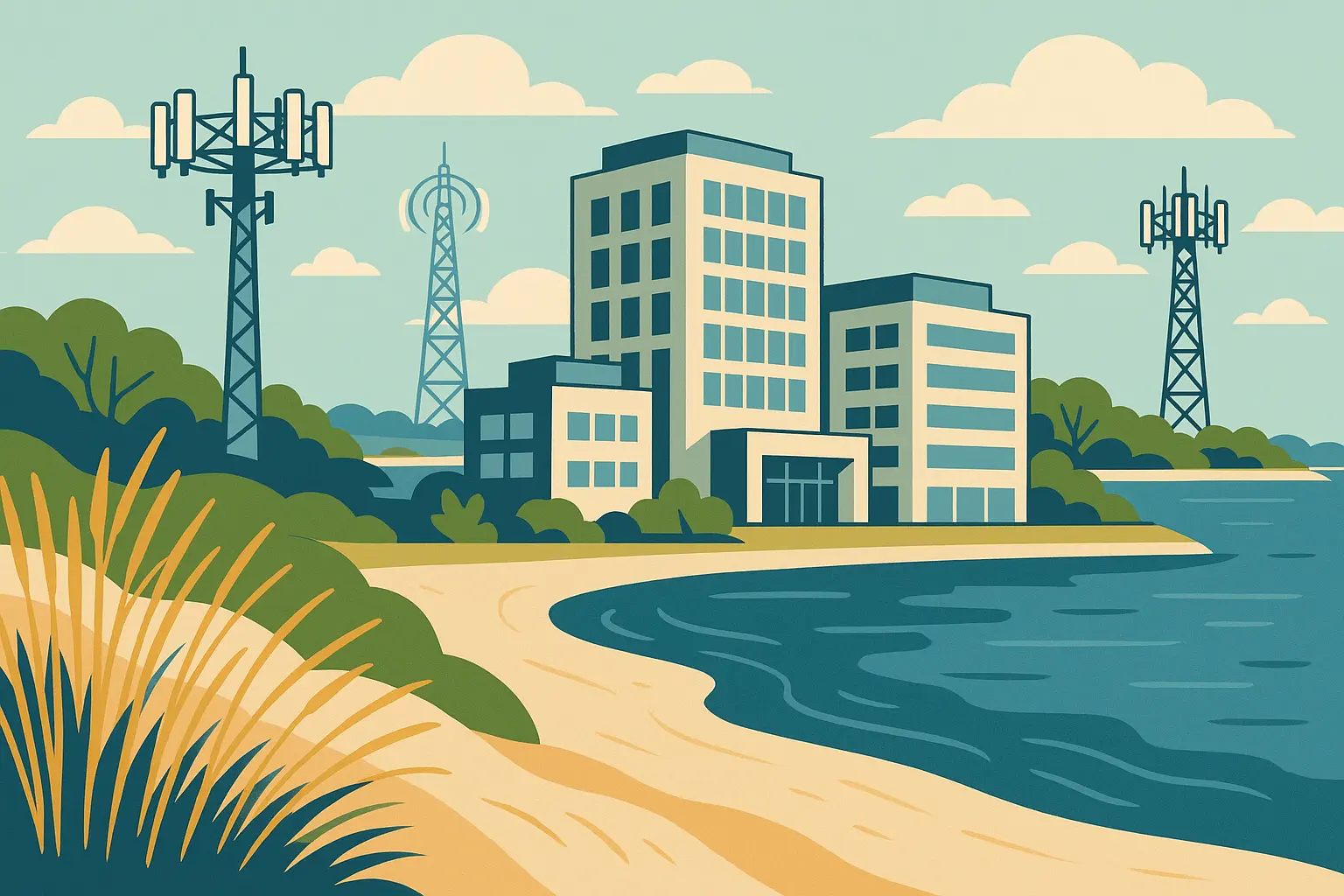Living here for years, I’ve seen how the 631 area code serves over 1.4 million residents across Suffolk County – from corporate headquarters in Melville to those ridiculous Hamptons estates. Here’s the thing most people don’t realize: this area literally doubles in population during summer months, creating communication nightmares that would drive any phone company crazy.
Table of Contents
TL;DR
- 631 covers all of Suffolk County – from working-class suburbs to ultra-wealthy Hamptons
- Everyone must dial 10 digits now (even local calls) because of the 934 overlay system
- Storm season regularly kills phone service, making backup plans essential
- The Hamptons population explosion overwhelms networks every summer
- Businesses spent thousands updating systems for mandatory 10-digit dialing
- Ferry-dependent islands face unique connectivity nightmares
Why Everyone Had to Start Dialing 10 Digits (And How It Changed Everything)
Suffolk County was literally running out of phone numbers. With over 1.4 million residents plus seasonal populations, businesses demanding multiple lines, and everyone carrying smartphones, we were approaching a crisis.
Rather than forcing everyone to change their established 631 numbers (imagine that chaos), regulators implemented the 934 overlay system. New numbers get assigned as either 631 or 934, but now everyone dials 10 digits for everything.
The decision came after extensive public consultation. As Suffolk Times reported, the New York State Public Service Commission chose the overlay approach over a geographic split based on feedback from several public meetings, determining it would be “easier to implement and less expensive from a customer standpoint.”
The Transition Period Nobody Talks About
The switch wasn’t instant. There was this weird grace period where both 7-digit and 10-digit dialing worked, which created more confusion than convenience. You never knew which format to use.
I remember calling local restaurants and getting busy signals because I used 7 digits while they’d already switched their systems to require 10. It felt like telecommunications purgatory.
Business Nightmare: Updating Everything at Once
Local businesses got hammered. Phone systems, auto-dialers, marketing materials, business cards, websites – everything needed updates simultaneously. Small businesses spent thousands on system upgrades they hadn’t budgeted for.
Every business card and advertisement with a 7-digit number became useless overnight. Companies had to reprint everything or risk losing customers who couldn’t figure out how to reach them.
A local medical practice in Smithtown had to spend $15,000 replacing their entire phone system because their five-year-old equipment couldn’t handle the change. They also had to contact 3,000+ patients with updated contact information.
What Makes 631 Special (And Complicated) on Long Island
You wouldn’t think calling from Montauk to Huntington would be complicated – they’re both 631 numbers, right? But you’re basically calling across different worlds, from fishing villages to corporate parks.
According to ZipAtlas demographic data, the median household income is $130,604, way above the national average. This reflects everything from working-class communities to some of America’s wealthiest enclaves.
The Hamptons Effect: When Rich People Break Your Phone System
Come July 4th weekend, every trust fund kid in Manhattan descends on the Hamptons with their phones, and suddenly the cell towers can’t handle everyone posting yacht selfies at once. I’ve watched networks completely crash during peak summer weekends.
The infrastructure that works fine for 50,000 year-round residents suddenly needs to handle 200,000+ people all demanding perfect service. Summer rental properties that sit empty nine months of the year suddenly need full telecommunications support.
Property managers scramble to activate services for seasonal tenants who expect the same connectivity they have in Manhattan. The network strain is incredible.
Corporate Giants Hidden in Plain Sight
Melville, Hauppauge, and Ronkonkoma house more Fortune 500 companies than most people realize. These aren’t just suburban office parks – they’re major telecommunications hubs generating enormous call volumes during business hours.
A single network outage in the 631 region can affect national business operations. I’ve seen companies scramble when their number goes down because their entire customer service operation runs through Suffolk County.
The Real Story Behind Suffolk County’s Phone Numbers
The region covers roughly 1,926,439 phone numbers according to Intelius data, making it one of the most number-dense area codes in New York State outside of Manhattan.
Why Geography Makes Your Calls Weird Sometimes
The 631 area covers terrain that would give any telecommunications engineer nightmares. Dense suburban developments, rural farmland, coastal areas, and actual islands requiring ferry access. Each environment creates different challenges for maintaining consistent service.
Fire Island and Shelter Island residents know this pain intimately. Your 631 number might work perfectly in Huntington, but good luck getting reliable service on a barrier island during a storm.
Take Fire Island Pines. During Hurricane Sandy, residents lost all communication for over two weeks because repair crews couldn’t reach the damaged cell towers by ferry. Meanwhile, mainland users in Huntington had service restored within three days.
For businesses managing communications across these challenging areas, understanding proper US phone number formatting becomes crucial when setting up backup systems.
Eastern Time Zone Realities
Peak calling hours hit the network hard from 9 AM to 5 PM EST, creating bottlenecks that affect call quality. I’ve noticed that calling during lunch hours (12-1 PM) often results in longer connection times when everyone’s making personal calls on top of ongoing business traffic.
Storm Season Nightmares: When Your 631 Number Goes Dark
Living with a 631 number means accepting that hurricanes and nor’easters will knock out your phone service. It’s not a matter of if, but when. The coastal location makes the entire region vulnerable to weather events that can take down cell towers and flood switching stations.
Hurricane Sandy: The Wake-Up Call
Hurricane Sandy showed everyone just how vulnerable our communication infrastructure really is. Cell towers toppled, switching stations flooded, and entire communities lost all phone service for weeks.
The storm revealed that having a 631 number meant nothing if the infrastructure supporting it was underwater. Businesses that survived were those with robust backup communication plans.
Island Communities Face Extra Challenges
When storms shut down ferry service, telecommunications repair becomes impossible. Equipment that could be fixed in hours on the mainland might stay broken for weeks on barrier islands.
Fire Island, Shelter Island, and other ferry-dependent communities have learned to be completely self-sufficient for communication during emergencies. Satellite phones and ham radios become lifelines when traditional service fails.
Even with generators, island communities face fuel delivery challenges during extended outages. Communication equipment might have power, but if fuel runs out, everything shuts down anyway.
The Hidden Costs and Business Realities
Beyond the obvious expenses of Long Island living, the 631 area comes with hidden telecommunications costs that residents and businesses often don’t anticipate.
With a median family income of $153,497 according to ZipAtlas data, residents can afford premium communication services, but the hidden costs still add up.
International Calling Gets Complicated
When people overseas want to call your 631 number, they need to dial +1-631-XXX-XXXX. That sounds simple until you realize many international callers get confused by the US numbering system.
I’ve lost business deals because international clients couldn’t figure out how to reach my number. They’d try various combinations, get frustrated, and move on to competitors.
Understanding how to enter phone numbers in international format becomes essential for Suffolk County businesses dealing with overseas clients.
Storm Preparation Costs Real Money
Reliable communication during storm season requires backup systems. Businesses need redundant internet connections, backup power systems, and alternative communication methods when their primary lines fail.
Storm Communication Preparedness Checklist:
- ☐ Backup power source (generator or UPS)
- ☐ Secondary internet connection
- ☐ Satellite phone or ham radio
- ☐ Multiple carrier relationships
- ☐ Cloud-based phone forwarding
- ☐ Emergency contact database
- ☐ Battery-powered devices charged
Anyone running a business needs backup power. When storms knock out electricity for days, your phone service dies with it unless you’ve invested in generator systems.
How Smart Businesses Navigate the System
Successful companies maintain all phone numbers in 10-digit format, even for local contacts. This prevents dialing errors and ensures compatibility with automated systems.
| Business Size | Average Transition Cost | Time to Full Compliance |
|---|---|---|
| Small (1-10 employees) | $2,500-$5,000 | 3-6 months |
| Medium (11-50 employees) | $8,000-$15,000 | 6-9 months |
| Large (50+ employees) | $25,000-$75,000 | 9-12 months |
Businesses serving the Hamptons market have developed sophisticated strategies that account for massive seasonal population swings. Their phone systems need to handle 10x normal call volumes during summer months.
Some companies actually maintain separate 631 and 934 numbers for different purposes – using 631 for established customers and 934 for seasonal marketing campaigns.
A high-end catering company in East Hampton uses separate numbers to track seasonal vs. year-round clients. Their 631 number handles local events and corporate catering, while their 934 number is used for summer wedding bookings.
The Future of 631 Numbers (Spoiler: It’s Complicated)
Let’s be honest – we’re probably getting stuck with a third area code eventually. The pressure on area codes continues to grow regionally. As Newsday reported, New York City will officially have its eighth area code when 465 joins its ranks by the end of next year, showing the ongoing number shortage crisis affecting the entire metropolitan region.
Number Conservation Is Working (For Now)
Regulators have implemented thousand-block pooling and other conservation measures extending the usable life of both 631 and 934 numbers. Instead of giving carriers entire 10,000-number blocks, they distribute smaller chunks more efficiently.
These efforts are buying time, but they’re not permanent solutions. Suffolk County’s continued growth and the proliferation of connected devices mean number demand keeps increasing.
Technology Changes Everything
Voice over IP (VoIP) and internet-based communication are changing how people think about phone numbers. Many businesses are moving away from traditional phone systems entirely, which could reduce pressure on the numbering system.
However, new technologies also create new demands. Internet of Things devices, security systems, and automated services all need phone numbers, potentially offsetting any savings from reduced traditional phone usage.
631 Area Code Evolution Timeline:
- 1999: 631 created (split from 516)
- 2014: Number shortage crisis identified
- 2016: 934 overlay implemented
- 2024: Conservation measures extended life
- 2030s: Potential third overlay needed
Staying Connected When Everything Fails
When storms knock out your regular service, some folks use apps like Auto Forward SMS to keep important messages flowing to email addresses they can access from any device. During Hurricane Sandy, businesses with SMS forwarding systems maintained customer communication even when their primary phone lines were down for weeks.
For businesses managing the complexity of the dual area code system, you can set up specific forwarding rules for different contacts, ensuring important business messages get routed properly and don’t get lost in the shuffle.
Many businesses now use automated systems that route important communications to multiple channels simultaneously. Advanced users can even set up text message forwarding to Slack channels, ensuring their entire team stays informed when communications come through, even during outages.
For businesses new to this approach, getting started with Auto Forward SMS provides step-by-step guidance specifically helpful for managing the complex dual area code environment.
Suffolk County’s corporate concentration means many users need to maintain communication records for compliance purposes. Automated SMS archiving creates search able records that meet business documentation requirements, with filtering capabilities that adapt to seasonal business changes.
Final Thoughts
Living with a 631 number means dealing with complexities that most other regions never face. From mandatory 10-digit dialing to storm-season communication blackouts, Suffolk County residents and businesses have learned to navigate challenges that would overwhelm users in more stable environments.
The dual area code system isn’t going away, and neither are the seasonal population swings or weather-related infrastructure problems. What separates successful 631 users from frustrated ones is preparation and the right tools to manage communication chaos when it inevitably strikes.
Whether you’re running a business in Melville’s corporate parks or managing seasonal rentals in the Hamptons, your 631 number represents more than just a phone line – it’s your connection to one of America’s most economically dynamic regions. Protecting that connection with backup systems and smart solutions isn’t optional anymore; it’s essential for staying connected when everything else fails.
